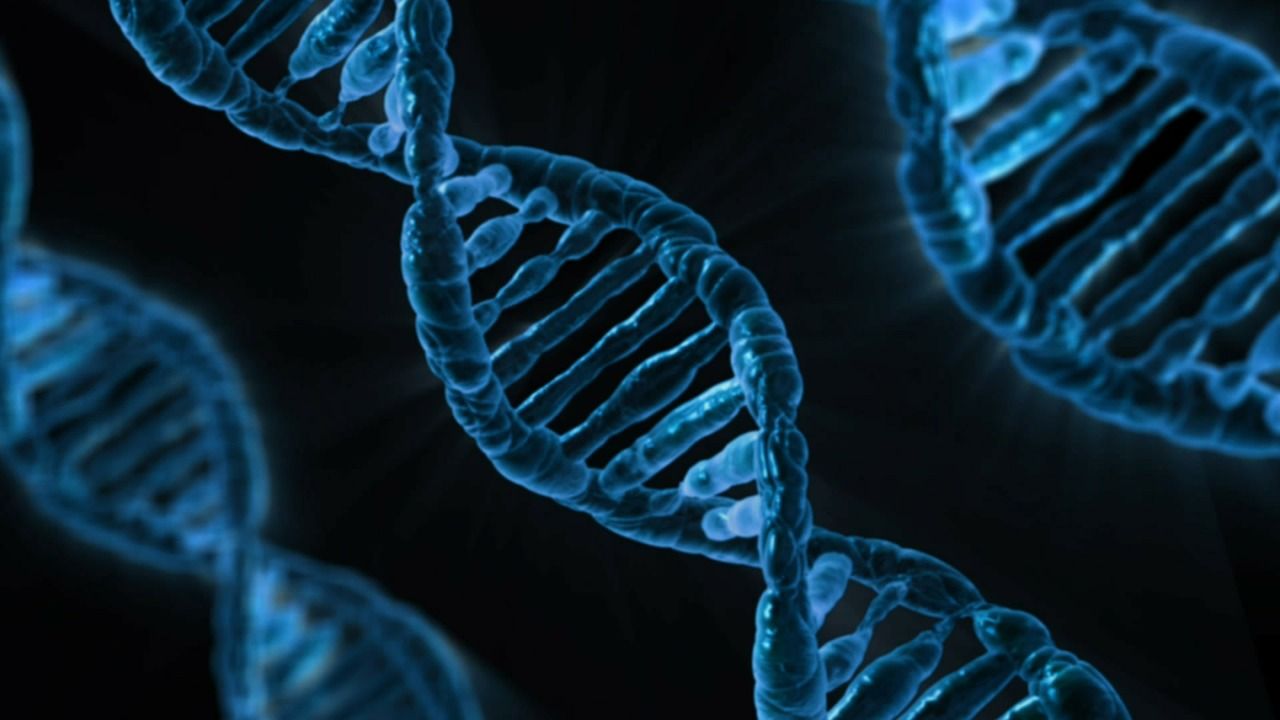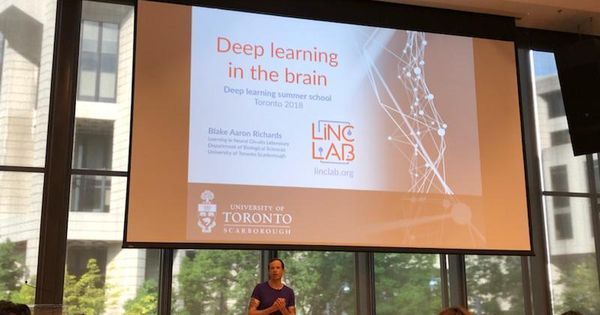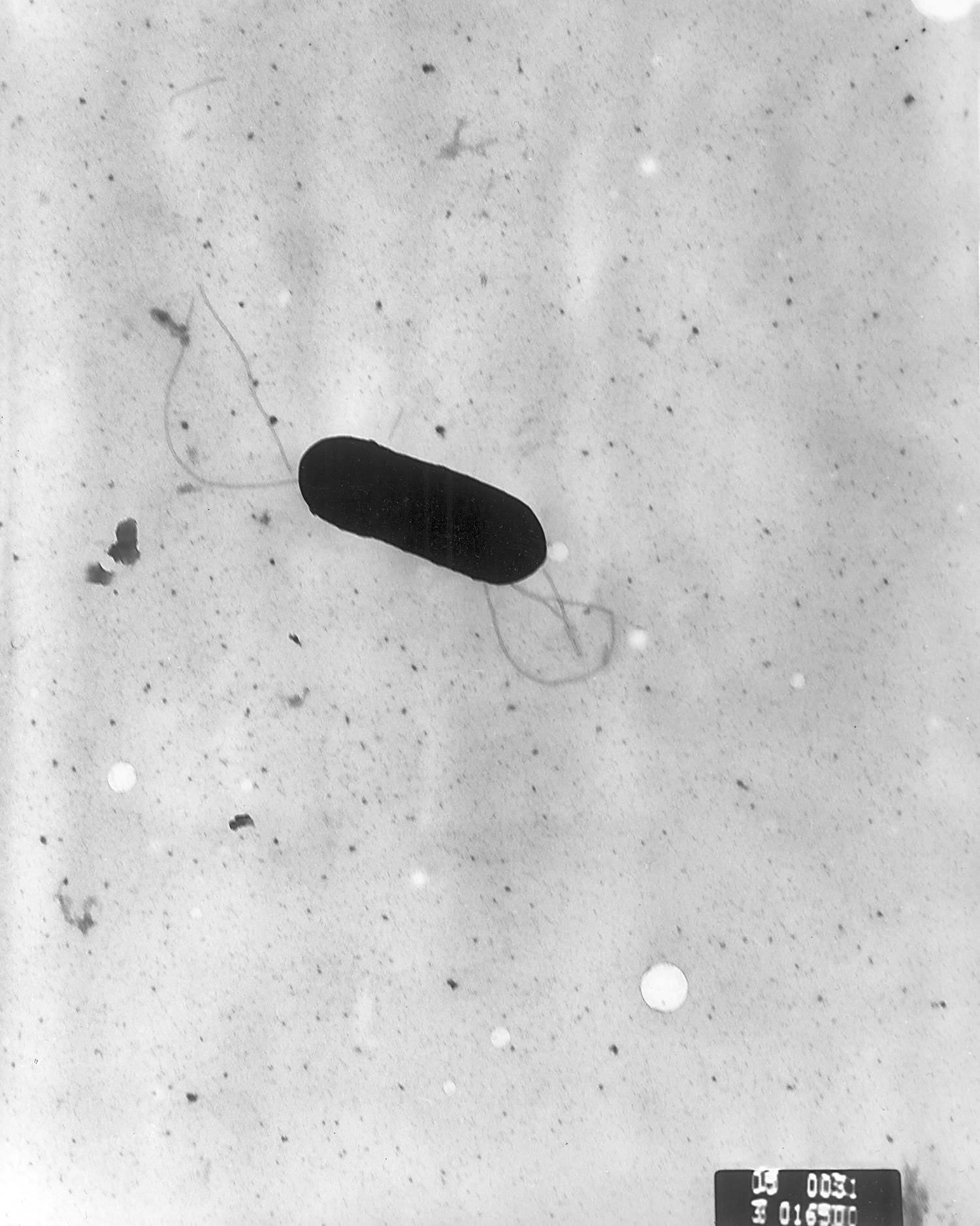Principles of game theory offer new ways of understanding genetic behavior, a pair of researchers has concluded in a new analysis appearing in the Journal of the Royal Society Interface. Its work opens the possibility of comprehending biological processes, and specifically biochemistry, through a new scientific lens.
The exploration considers signaling game theory, which involves sender and receiver interactions with both seeking payoffs.
“The view of genes as players in a signaling game effectively animates genes and bestows simple utilities and strategies—thus, unique personalities—on them,” explains Bhubaneswar “Bud” Mishra, a professor at NYU’s Courant Institute of Mathematical Sciences, who co-authored the analysis with Steven Massey, an associate professor at the University of Puerto Rico. “In this view, the genome possesses characteristics of a molecular society, complete with deception, imitation, cooperation, and competition—not unlike human society. This adds a grandeur to a traditional view of life and the interactions it is made up of.”








